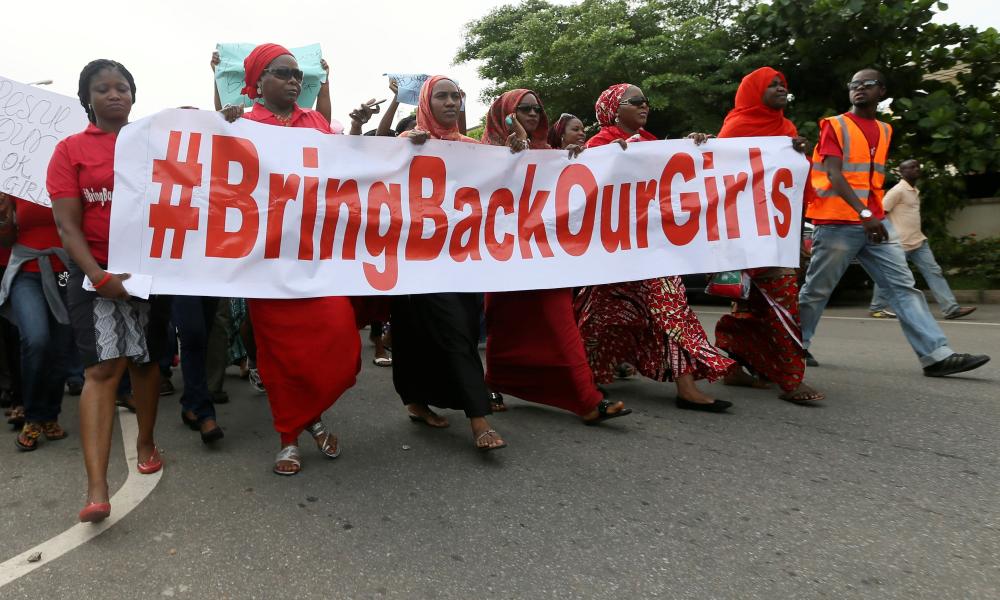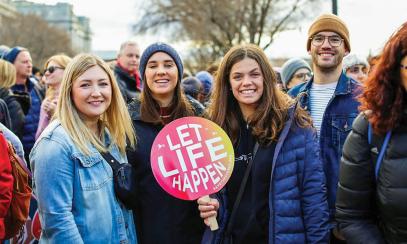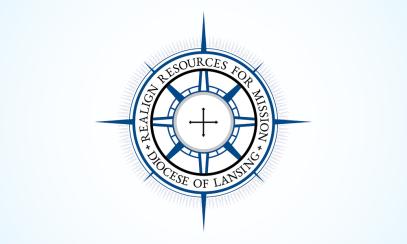
#BringBackOurGirls
On April 15, 2014, nearly 300 high school girls were kidnapped from their boarding school in northern Nigeria by an extremist Muslim group called Boko Haram, a name meaning “Western education is a sin.” According to a New York Times article by Nicholas Kristof, the kidnapped girls were between the ages of 15 and 18, and included both Christians and Muslims. While approximately 50 girls escaped, the rest were reportedly going to be auctioned off for $12 each to become “wives” of militants, making this a chapter in the ever-growing human trafficking story.
As the parents of the girls turned to the United Nations and United States for help after becoming frustrated with the Nigerian government’s inaction, Secretary of State John Kerry assured reporters that the U.S. was “engaged and cooperating.” He went on to discuss efforts to disrupt Boko Haram and its financial backers, as well as ongoing efforts to train Nigerian authorities in counter-terrorism.
The Vatican response
On May 8, 2014, the Vatican issued an urgent appeal for the release of the Nigerian girls. The Vatican’s chief spokesman, Rev. Federico Lombardi, called the abduction of the young girls the latest instance of the “horrible forms of violence” for which Boko Haram has become known in Nigeria.
Lombardi continued, “The denial of any kind of respect for life and for the dignity of human beings, even the most innocent, vulnerable and defenseless, calls for the strongest condemnation.” He added, “We hope and pray that Nigeria, thanks to the commitment of all who are in a position to help, may find the way to end the situation of conflict and hateful terrorism which is a source of incalculable suffering.”
The reality on the ground
Despite all of these efforts and denunciations, Boko Haram actually increased its aggression in the weeks following the mass kidnapping. According to Erin Conway-Smith in a report for GlobalPost, Boko Haram has been responsible for 147 deaths, 1,698 displaced families and 80 burned churches in northeastern Nigeria as of May 25. In short, the group appears to be responding to the international pressure over the kidnappings by escalating its big-city bombings and continuing its attacks on remote villages. Meanwhile, the families and countless others around the world are still waiting and hoping for the safe return of the kidnapped girls.
Pope Francis on Human Trafficking
"Human trafficking is an open wound on the body of contemporary society, a scourge upon the body of Christ. It is a crime against humanity.”
– Address of Pope Francis to participants in the International Conference on Combating Human Trafficking, April 10, 2014.
Bishops Fight Human Trafficking
The United States Conference of Catholic Bishops (USCCB) has an Anti-Trafficking Program that seeks “to educate on human trafficking as an offense against the fundamental dignity of the human person; to advocate for an end to modern day slavery; and to provide training and technical assistance on this issue.” In the last six years alone, the USCCB has assisted more than 2,232 survivors of trafficking and more than 500 of their family members.
Current programs include:
• Dignity of Work – provides employment services to individuals not eligible for such benefits when they sought to re-enter the legitimate workforce.
• The Amistad Movement – a human trafficking education and awareness campaign for immigrant communities.
• The SHEPHERD Campaign – a campaign to help Catholics learn more about human trafficking, as well as work with their parish community to address this issue.
• After Rescue – Evaluation of Strategies to Integrate Survivors of Trafficking – a partnership with Georgetown University for a research project to present a profile of survivors and to evaluate the effectiveness of interventions to stabilize, rehabilitate and integrate them into the wider American society.
• National Day of Prayer – the USCCB Committee on Migration designated Feb. 8 as an annual Day of Prayer for survivors and victims of human trafficking. Feb. 8 is the feast day of St. Josephine Bakhita, who was kidnapped as a child and sold into slavery in Sudan and Italy.
For more information on the USCCB’s efforts to combat human trafficking, see www.usccb.org.
Viral Pressure?
In this age of social media, a new phenomenon has emerged in the hopes of putting “viral” pressure on Nigerian authorities to recover the girls. A campaign entitled “Bring Back Our Girls” was launched on the White House website, Change.org, Twitter (#BringBackOurGirls), and Facebook to demand the return of the kidnapped girls. As of May 26, the Facebook page had received 205,288 likes. Of course, it remains to be seen whether such campaigns will have any real positive effect on bringing these kinds of conflicts to a satisfactory resolution.
Human Trafficking: A Definition
The Polaris Project, a national resource center for human trafficking, describes human trafficking as a form of modern-day slavery where people profit from the control and exploitation of others. Victims include children involved in the sex trade, adults who are coerced or deceived into commercial sex acts and anyone forced into forms of labor or services against their will.
Human Trafficking by the Numbers
27 Million
Number of people in modern-day slavery around the world
$32 Billion
Annual profit generated by the human trafficking industry
100,000 to 300,000
Number of prostituted children in the United States
80% of human trafficking victims are female
50% of human trafficking victims are children
5 Years before human trafficking overtakes the drug trade in size
– Statistics from Polaris Project and Slavery Is Real



